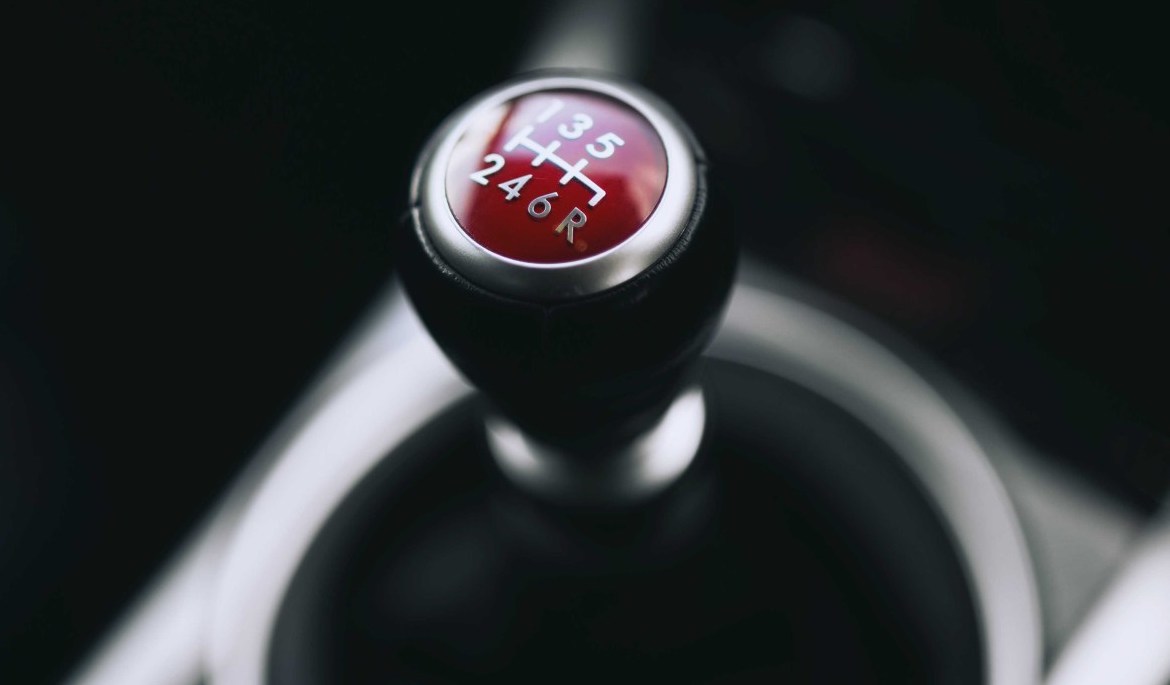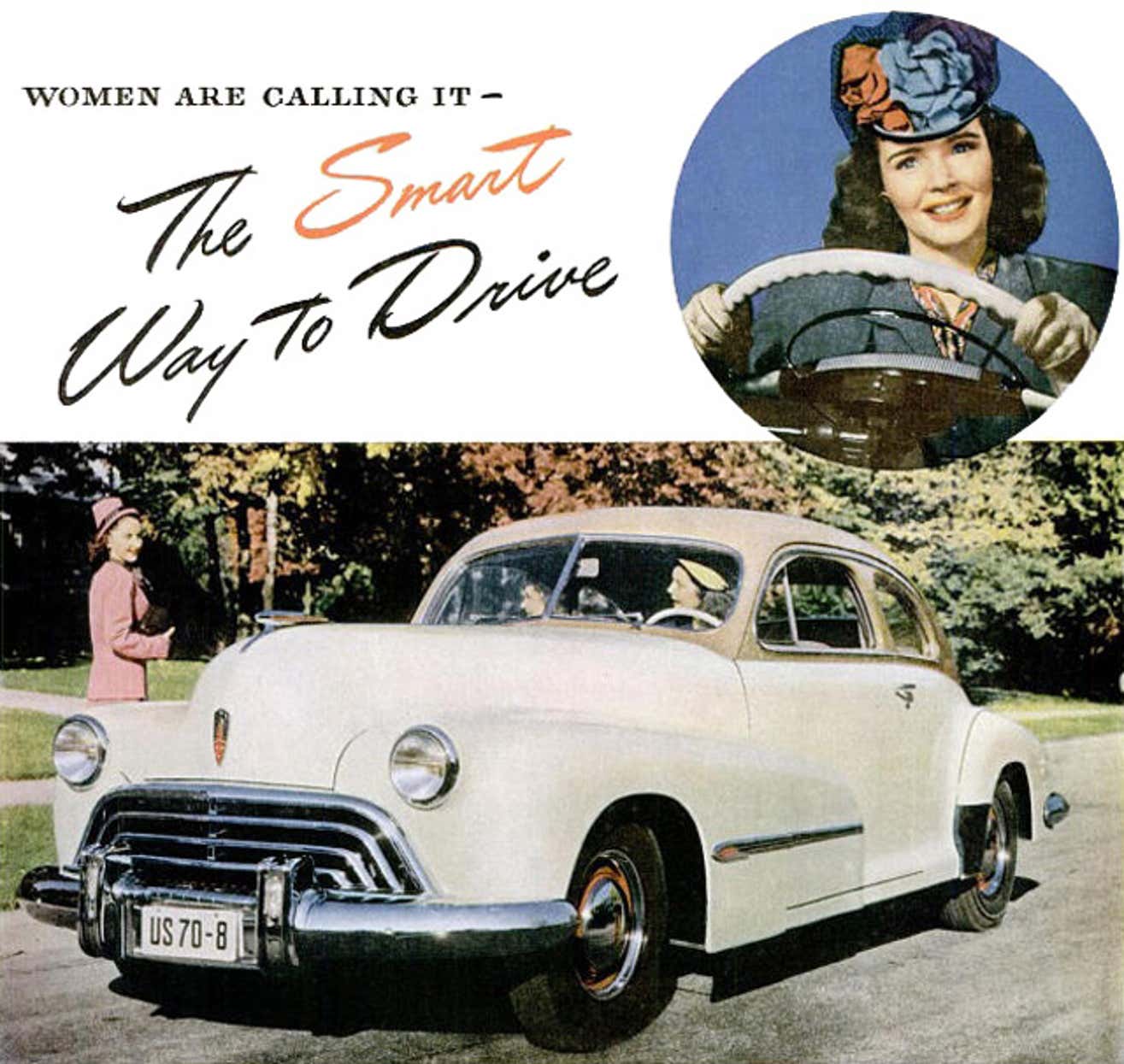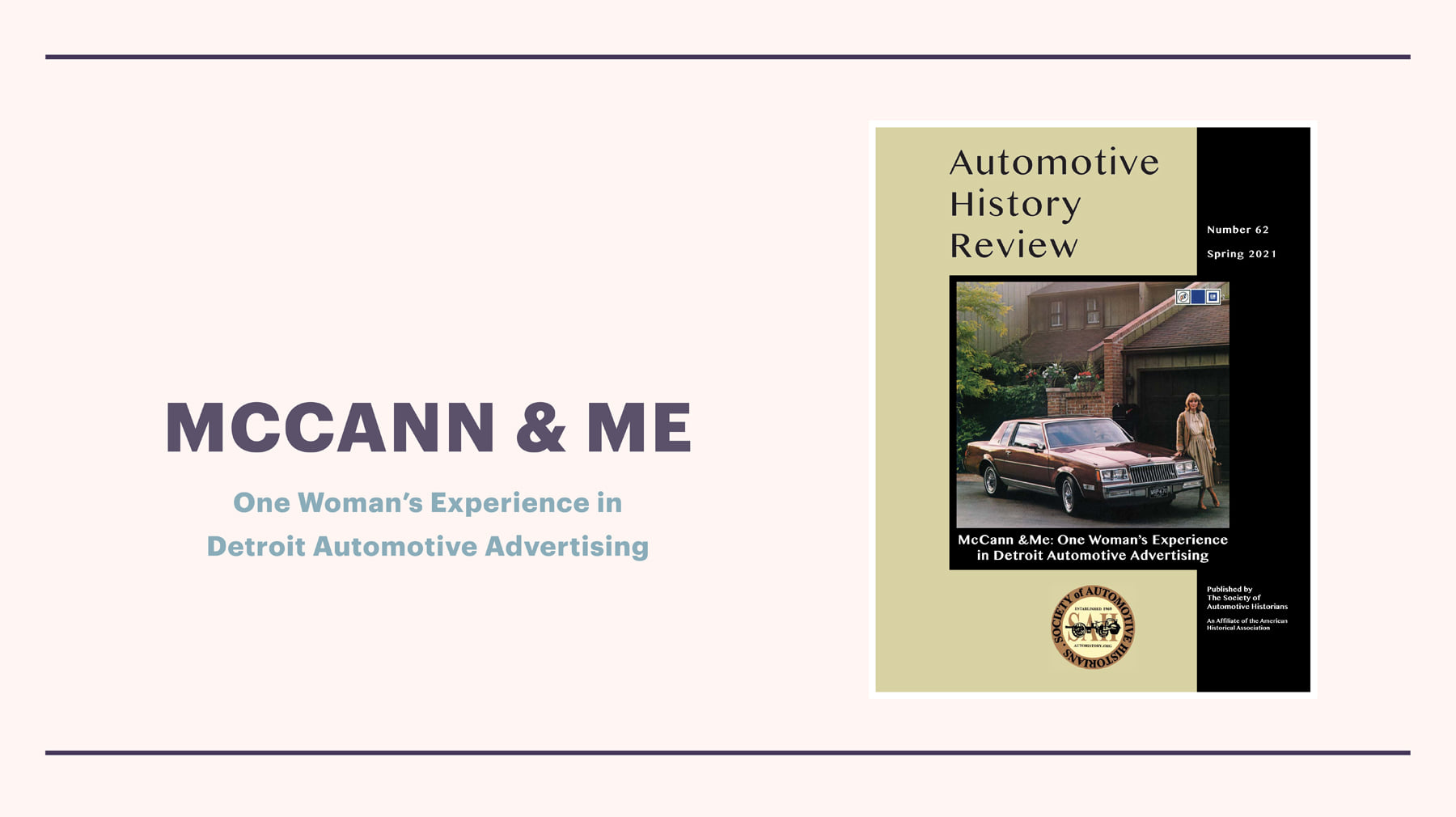
Since the combustion engine made its debut in the early twentieth century, the automobile has been associated with masculinity and the male driver. Throughout its colorful history, the automobile has been embodied with masculine qualities. Early autos were often described as dirty, smelly, and noisy; modern cars are often referred to as tough, fast, and powerful. In addition, within American car culture there is an underlying conviction that successful operation of a gasoline powered is dependent on particular masculine behaviors. Steady nerves, aggression, and rationality were claimed as masculine by the first generations of male drivers; today’s men behind the wheel have added automotive knowledge, technological savvy, and superior driving skill to the mix.

One of the skills that has traditionally been associated with superior driving ability – and masculinity – is familiarity with a manual transmission. The gendering of transmission use was instituted shortly after the introduction of the automatic transmission in the 1950s. Although women had competently operated manual cars for decades, manufacturers viewed marketing automatics to women as a means to broaden their consumer base. As Jalopnik writer Raphael Orlove notes, ‘what Detroit figured out was that it could sell a lot more automatics if it touted how their ease of use made them more female friendly.’ All of a sudden, stick shifts were deemed too difficult to use for the woman behind the wheel. The notion that the manual transmission was unsuitable and unworkable for women promoted by auto advertisers and the automotive press solidified its position as a symbol of male driving expertise.

As noted in a recent Jalopnik article, the ‘real men use three pedals’ mentality remains alive and well. As the author notes, men often blame their wives for the purchase of an automatic transmission; to admit it is their choice would somehow compromise their masculinity. In my research into women who venture into automotive cultures traditionally dominated by men – i.e. muscle cars, motorsports, and chick cars – the ability to drive a stick was cited by many women as evidence of exceptional driving skill. In the minds of many female auto aficionados, mastery of a manual transmission puts them on equal footing – no pun intended – with men.
Despite the engrained association between manual transmissions and masculinity, less than 3% of cars sold today have stick shifts. While it is believed that over half the US driving population – men and women – know how to drive a manual, no one is buying them. Boomers certainly make up a good portion of the know-how-to-drive-a-stick group as they most likely learned to drive in a manual. But to this aging group, ease of driving has become more important than demonstrating machismo by shifting gears. So why does this association persist? Why does the infinitesimal population of manual car buyers dictate the gendered implications of transmission choice? Entrenched gender divisions and expectations – especially in a culture that has relied on them since its inception – are difficult to eradicate or dismiss. I suspect that the aging out of the boomer generation, accompanied by the influence of Millennials with less interest in cars and gender differentiation – will change how we think about cars. And the rise of electric vehicles will hopefully, in time, make such evaluations meaningless.
In the meantime, as long as this obstinate association persists, this female boomer will enjoy surprising the male contingent at car shows when driving up in her three-on-the-tree 49 Ford or four-on-the-floor 67 Shelby Mustang.


